A lush, green lawn is the pride of many homeowners, but achieving that perfect carpet of grass isn’t always easy. Common lawn care mistakes can hinder your efforts and leave you with patchy, unhealthy turf. By knowing these pitfalls, you can cultivate a vibrant, resilient lawn that enhances your home’s curb appeal and provides a beautiful outdoor space. In this article, we’ll explore six common lawn care mistakes and provide expert advice on how to avoid them.
Avoid These Lawn Missteps
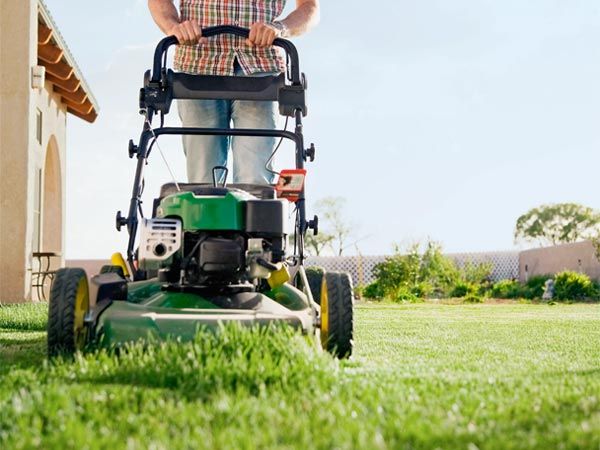
Maintaining a healthy lawn requires more than just regular mowing and watering. Many homeowners unknowingly make mistakes that can damage their grass and hinder its growth.
We consulted with Gerald Henry, PhD, associate professor of environmental turf grass science at the University of Georgia, to identify the most common lawn care errors and provide guidance on how to avoid them. By following these expert tips, you can nurture a thriving lawn that will be the envy of your neighborhood.
Trimming Turf Too Short
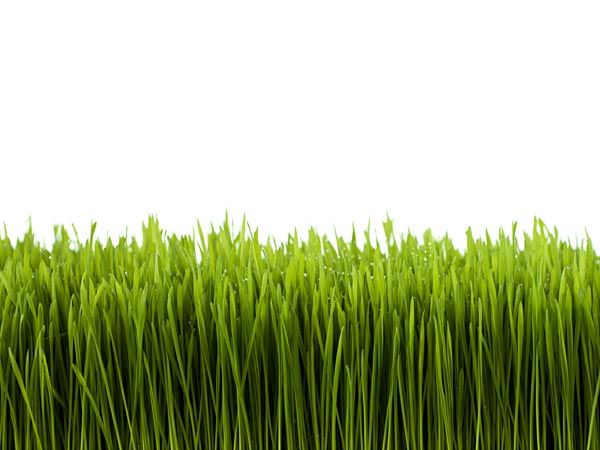
One of the most common mistakes homeowners make is cutting their grass too short. While it may seem like a time-saver to mow your lawn as low as possible, it actually harms your turf. “It’s tempting to lop off as much as you can, but make sure to cut off no more than one-third of the blades in a single pass,” says Henry. “Leaving grass longer helps it process light and water and develop a healthy root system,” which in turn leads to a fuller, more attractive lawn.
Proper mowing height varies depending on the type of grass you have. For cool-season grasses like Kentucky bluegrass and fescue, maintain a height of 2.5–3.5 inches. Warm-season grasses such as Bermuda and zoysia can be kept slightly shorter, between one and two inches. Remember to change your mower height each season. Let the grass grow a little taller during drought or very hot weather to help protect the roots and soil.
Forgetting to Test the Soil
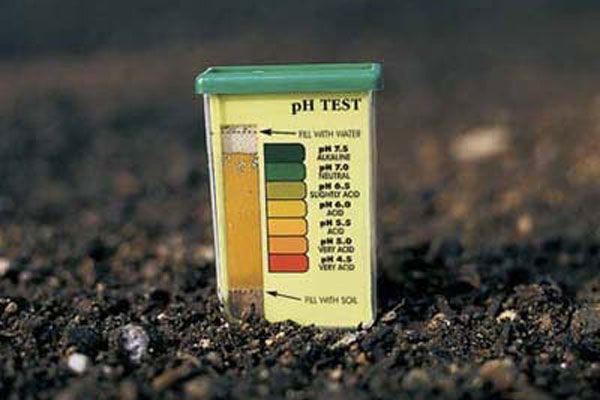
Many homeowners overlook the importance of soil testing, assuming that grass will grow in any dirt. However, the health of your lawn is directly tied to the quality of your soil. “Most species of grass are quite hearty, but that doesn’t mean they can grow just anywhere. Sending a soil sample to an extension service for testing lets you know exactly what conditions you’re working with,” Henry says. “Turf thrives in soil with a pH of 6.0–6.5,” he adds.
A soil test provides valuable information about your lawn’s nutrient levels, pH, and organic matter content. Knowing its pH helps you with proper fertilization and soil amendments. If your soil’s pH is too high or too low, you can adjust it using sulfur or lime treatments. Additionally, a soil test can reveal shortages in essential nutrients, such as nitrogen, phosphorus, and potassium. If your lawn is lacking any nutrients, a test will help you choose the right fertilizer for your lawn’s specific needs.
Planting One Type of Seed
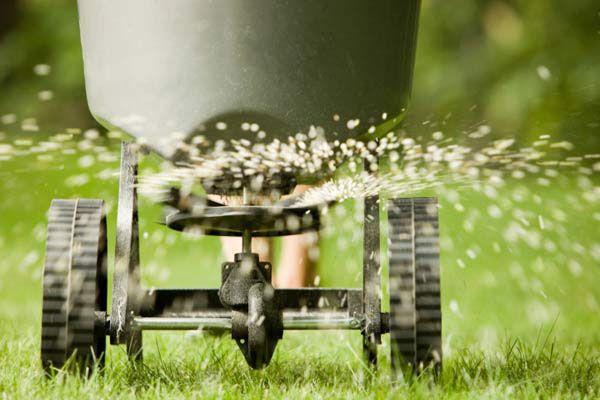
Diversity is key when you seed your lawn. Planting a single type of grass seed may seem like a straightforward approach, but it can leave your lawn vulnerable to various problems. “Selecting the right type of turf grass is key, and planting a variety of species and cultivars helps your lawn become established as the seeds’ strengths and weaknesses offset each other,” Henry advises.
A diverse lawn is more resilient to environmental stresses, pests, and diseases. Consider creating a custom blend of grass seeds that are well-suited to your climate and lawn conditions. For example, you might mix shade-tolerant varieties with drought-resistant ones to create a lawn that thrives in various microclimates within your yard. So, if one type of grass struggles, others can fill in the gaps, maintaining a lush, green appearance throughout the growing season.
Cutting With a Dull Blade
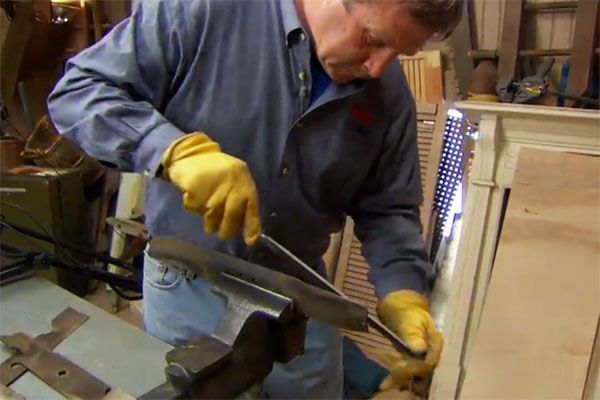
Using a dull mower blade is a common mistake that can have serious consequences for your lawn’s health and appearance. When your mower blade isn’t sharp, it tears and bruises the grass instead of making clean cuts. This damage will leave your lawn ragged and increase its susceptibility to disease and pest infestations.
To maintain a healthy lawn, sharpen your mower blade at least twice per season, or more often if you mow multiple times a week or have a large lawn. Signs that your blade needs sharpening include uneven cuts, frayed grass tips, and a lawn that appears brown or gray shortly after mowing. Investing in a blade sharpening tool or having your blade professionally sharpened can make a significant difference in your lawn’s overall health and appearance.
Bagging Lawn Clippings
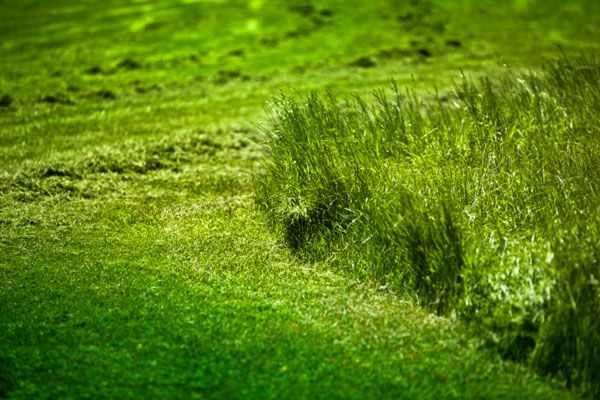
Many homeowners believe that removing grass clippings is necessary for a tidy lawn, but this practice deprives your turf of valuable nutrients. Instead of bagging clippings, consider using a mulching mower or removing the bag from your mower to allow the clippings to return to the soil. “Anecdotal evidence suggests that returning clippings to your lawn may contribute as much as 2 pounds of nitrogen per 1,000 square feet,” Henry says.
Grass clippings are rich in nitrogen and other nutrients that can benefit your lawn as they decompose. They also help retain moisture in the soil, reducing the need for frequent watering.
However, if your grass has grown excessively long between mowings, you may need to rake or bag the clippings to prevent smothering the lawn. In general, aim to mow regularly enough that the clippings are short and can easily filter down to the soil surface.
Watering Daily

While it may seem logical to water your lawn every day, especially during hot, dry periods, doing so can harm your grass. Frequent, shallow watering encourages shallow root growth, making your lawn more susceptible to drought stress and other problems. Instead, focus on deep, infrequent watering to promote strong root development and a healthier lawn overall.
The ideal watering schedule for most lawns is to provide about an inch of water per week, delivered in two or three deep watering sessions. Water early in the morning or overnight to minimize evaporation and reduce the risk of fungal diseases. To measure the amount of water your lawn receives, place an empty tuna can, rain gauge, or similar container on your lawn while watering. When it’s filled with an inch of water, you’ve provided enough moisture for that session.
Understanding Your Lawn’s Unique Needs
Every lawn is different, and understanding your specific grass type, soil conditions, and local climate is crucial for effective lawn care. Various factors such as shade patterns, drainage issues, and high-traffic areas affect your lawn’s overall health.
Regularly observing your lawn and adjusting your care routine will help you find potential problems before they become serious issues.
Implementing a Year-Round Lawn Care Plan
To maintain a healthy lawn, implement a care plan that addresses your turf’s needs throughout the year. This includes the following seasonal tasks:
- Spring: Dethatching, aerating, and overseeding as needed
- Summer: Proper mowing and watering practices, pest control
- Fall: Fertilization, weed control, and leaf removal
- Winter: Minimizing foot traffic and preparing for the next growing season
Our Conclusion
Maintaining a healthy, attractive lawn requires knowledge, effort, and attention to detail. Avoid these six common lawn care mistakes to maintain a lush, vibrant turf year-round. Remember that every lawn is unique, so don’t hesitate to consult with local experts or extension services for personalized advice tailored to your specific lawn care needs.
